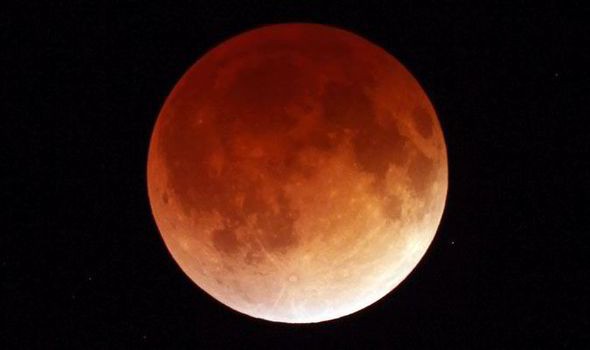The cosmic event on Sept. 28 is extraordinary because a Supermoon and a Blood Moon will happen on the same night.
A rare lunar display will occur in the skies on Sept. 28. The Supermoon will be visible first. At 3 a.m., the Blood Moon will take place. After 4 a.m., the Supermoon will replace the Blood Moon.
The full moon will be exceptionally near the Earth, but at 3 am, the Earth will find itself between the moon and the sun. This event increases the probability of extreme tides and volcanic eruption.
Perigee is the time of year where the moon is nearest to Earth. When a full moon takes place during a Perigee, a Supermoon emerges. During a Supermoon, the moon shines brighter and gravitational forces are stronger. The irregular gravitational pull may trigger higher tides and volcanic eruptions, The Independent reported.
A lunar eclipse takes place when the moon passes the Earth's shadow. On a total lunar eclipse, the Earth passes between the Sun and Moon, making the moon appears red. In myths and ancient tales, Blood Moons are associated with witches, werewolves, and other grim events, Time and Date reported. As September's Blood Moon coincides with the Feast of the Tabernacle, apocalyptic predictions are going around.
The end of September is also a period of Equinox. It is the time in-between seasons. Extreme weather and higher tides occur in Equinox.
According to the experts at UK National Tidal and Sea Level, the tides only an inch or two higher than the highest tides of the last 20 years.



























